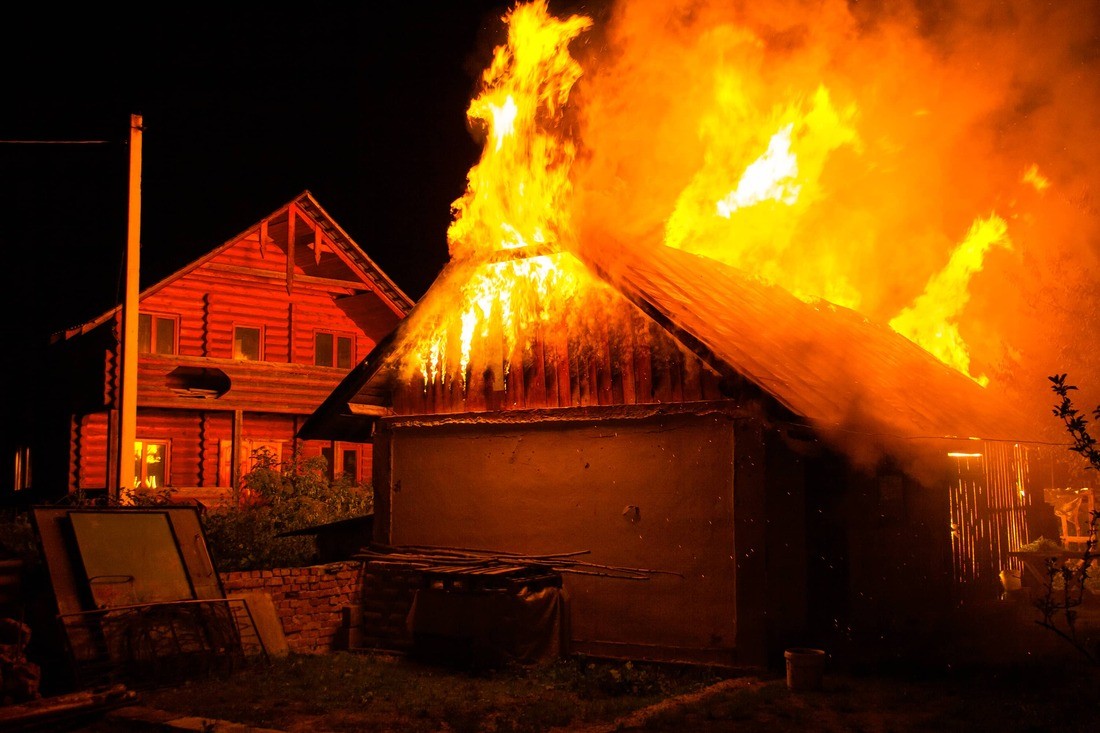
The Challenges of Fire Damage Restoration
Fire damage restoration is a complex and multi-faceted process that involves restoring properties affected by fire and smoke. It requires careful assessment, planning, and execution to ensure the successful restoration of the property. However, there are several challenges that professionals face during the fire damage restoration process. In this article, we will explore some of the common challenges and how professionals overcome them.
1. Assessing the Extent of the Damage

One of the first challenges in fire damage restoration is assessing the extent of the damage. Fires can cause structural damage, smoke damage, and water damage from fire suppression efforts. Professionals need to thoroughly assess the property to identify all areas affected by the fire and create a comprehensive restoration plan.
2. Safety Concerns
Safety is paramount during fire damage restoration. The aftermath of a fire can pose various hazards, such as weakened structures, residual smoke, and toxic fumes. Professionals must prioritize the safety of themselves and the occupants of the property while working on the restoration. They follow strict safety protocols and use appropriate personal protective equipment (PPE) to minimize the risk of injuries or health issues.
3. Smoke and Soot Removal
Smoke and soot can penetrate deep into various materials and surfaces, causing severe damage and leaving behind unpleasant odors. Removing smoke and soot particles requires specialized equipment, techniques, and cleaning agents. Professionals utilize techniques like dry cleaning, wet cleaning, and thermal fogging to effectively eliminate smoke and soot residues from different types of materials.

4. Water Damage Mitigation
Water damage is often a result of firefighting efforts. Firefighters use water to extinguish fires, which can lead to excessive moisture and potential mold growth. Professionals must address the water damage and dry the affected areas promptly to prevent further damage and mold growth. They use advanced drying equipment like air movers and dehumidifiers to remove excess moisture from the property.
5. Content Restoration
Fire damage doesn’t only affect the structure but also personal belongings and contents within the property. Professionals need to assess, pack, and transport the damaged contents to a secure facility for restoration and cleaning. They use specialized techniques such as ultrasonic cleaning, ozone treatment, and thermal chambers to restore damaged items back to their pre-loss condition.
6. Documenting the Restoration Process
Proper documentation is crucial during fire damage restoration, especially for insurance purposes. Professionals need to document the condition of the property before, during, and after the restoration process. This documentation includes photographs, written reports, and detailed inventories of items and materials removed or replaced. Accurate documentation helps in insurance claims and provides proof of the restoration efforts.
7. Working with Insurance Providers
Coordinating with insurance providers is another challenge in fire damage restoration. Professionals need to communicate effectively with insurance adjusters, provide detailed estimates, and negotiate the scope of work and pricing. They ensure that the restoration process adheres to the insurance policies and guidelines, streamlining the claims process for the property owner.
8. Dealing with Emotional Stress
Fire incidents can be emotionally distressing for property owners. Professionals in fire damage restoration have to exhibit empathy and support to help property owners cope with the aftermath of the fire. They offer guidance, reassurance, and regular updates on the restoration progress, creating a sense of trust and understanding.
9. Coordination with Other Professionals
Fire damage restoration often requires collaboration with other professionals, such as electricians, plumbers, and structural engineers. Coordinating and scheduling the work of multiple professionals can be challenging, especially when dealing with complex restoration projects. Professionals need to effectively communicate and work together to ensure a smooth and efficient restoration process.
10. Time Constraints
Fire damage restoration can be a time-sensitive process, especially when the property owner wants to return to their home or resume business operations quickly. Professionals need to work within tight deadlines and efficiently complete the restoration process. They employ experienced and well-equipped teams to expedite the restoration process without compromising the quality of work.
In conclusion, fire damage restoration presents several challenges that require expertise, experience, and careful planning. Professionals in the field overcome these challenges by leveraging advanced techniques, equipment, and coordination with other experts. By addressing the challenges comprehensively, they facilitate the successful restoration of properties affected by fire.
How long does fire damage restoration take to complete?
Can all items affected by fire be restored?
For professional fire damage restoration services in the Las Vegas area, trust JGW Group Water Damage Restoration. Our team of experts is available 24/7 to provide fast and reliable fire damage restoration solutions. Contact us at 725-240-0640 or visit our website for more information.



